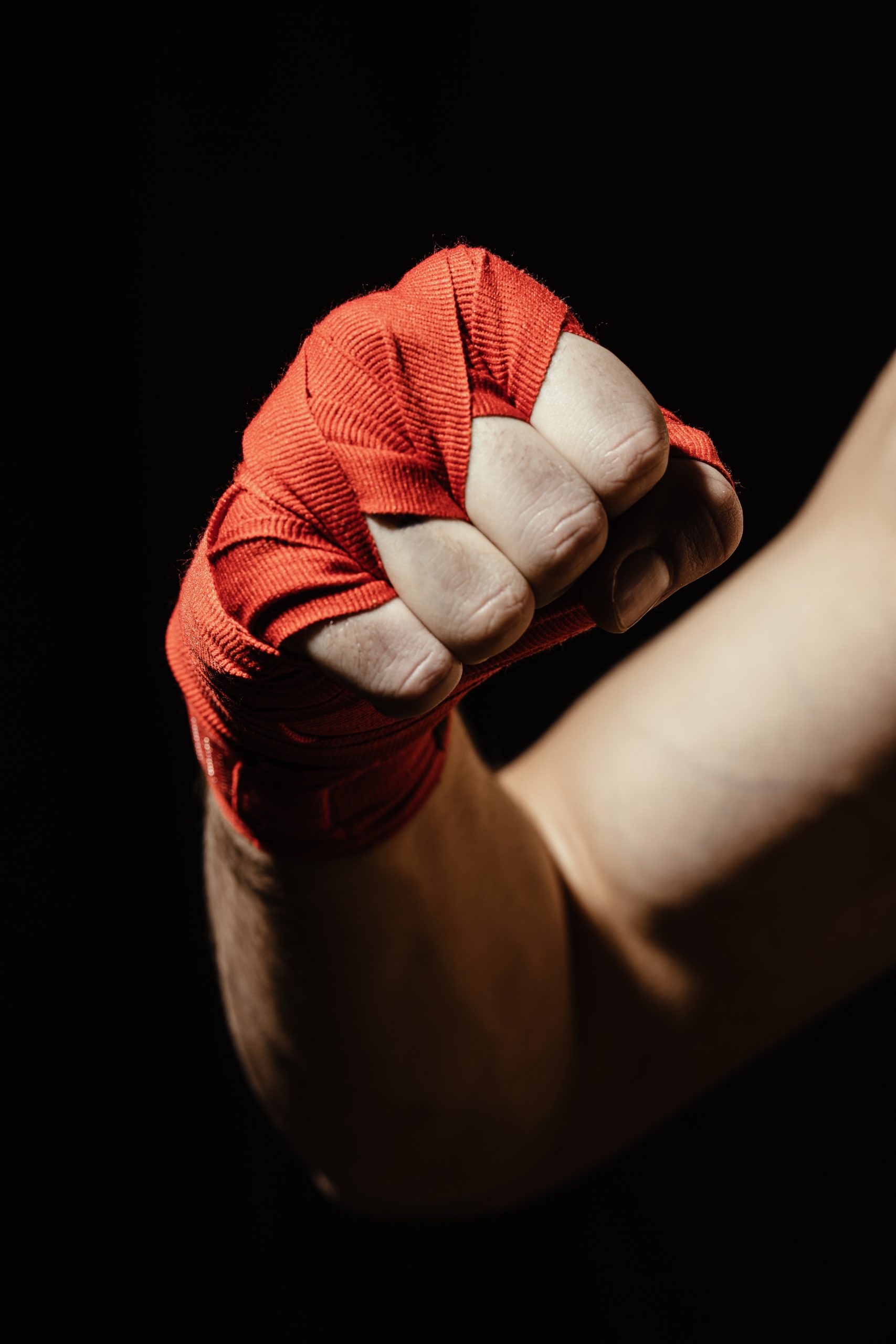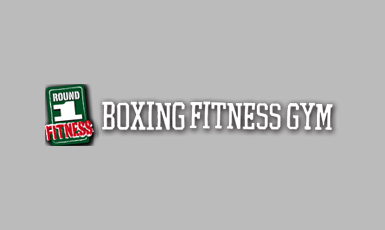Hey Everyone,
Happy Sunday as always – and thanks once more to everyone who came along to train with us last week. The weather has not really been great – and we really are appreciative of everyone who drags themselves out of a warm bed in the morning/away from a warm fire in the avo to spend time at Round 1…hopefully you are really seeing the benefits of doing so!
I was trying to ‘help’ aka ‘coach’ one of our regulars in Boxing during the week and this is what I got: “Why are you always PICKING on me!”. I kind of laughed it off at the time and continued trying to help, but I did have a think about it later…oftentimes the ‘why do you pick on me’ phrase is used and I have to say, I’m not (and I doubt the other coaches are) picking on anyone in particular. What I (and they) are trying to do is ensure that what you are doing is correct. Yes, so you don’t injure yourself…but also yes so you get maximum benefit from it. The one comment (amongst a lot of comments!) I have heard over the years was when someone told me: “I’m here every day – I just want to look like I train!”. Well…doing stuff properly and getting maximum benefit is a key part of that.
From a coaching perspective, it can be (really) hard when you see someone making the same error they made last week, last month, last year…but if you don’t talk to them about it (yes, again) then (“why are you picking on me??”) it is never, ever going to get fixed. So these repeat conversations are never super fun but they ARE super important!
Let’s face it – when it comes to physical training, whether it’s boxing or weightlifting like we do at Round 1 or any other athletic pursuit you might be involved in (I know we have basketballers, mountain bikers, cricketers and netballers amongst us) the importance of mastering the fundamentals cannot be overstated. It is through a solid foundation of TECHNIQUE (learned) behaviours coupled with the effort that each individual brings that enables athletes to unlock their true potential and achieve the results they are chasing.
So here’s what I’m going to (try to) do. I’m going to try and ‘break down’ HOW to throw a strong + powerful jab – and whilst I’m doing that draw parallels to the significance of prioritising perfecting technique over adding weight in strength training exercises such as squats and deadlifts. Well – that’s the plan! Wish me luck!
So – What exactly IS a jab?
The jab is a fundamental punch in boxing – probably without dispute it is THE fundamental punch in boxing. You use it to attack, to defend, to counter and to simply set up combinations. Its execution relies on a combination of proper body mechanics, weight transfer, and precise timing. A well-executed jab starts with a firm stance, with the lead foot positioned slightly ahead. As the punch is thrown, the weight shifts from the rear foot to the lead foot, generating power and stability. The rotation of the hips, synchronized with the extension of the arm, adds speed and force to the punch. The impact is maximized by a tight fist, proper alignment of the wrist, and follow-through.
Sounds simple right. Well…it is. But just like everything we do, there are enough ‘moving parts’ so that if you start getting a little lax with your concentration, something you could ‘DO’ once upon a time quickly becomes something that is – honestly – a bit of a mess and almost needs to be reconstructed as if you are a beginner again. I guess this is similar to ANY sporting pursuit in the world where drilling ‘fundamentals’ is the #1 focus of any/all training time – footballers practise their kicking, golfers their swing etc etc.
When you do a boxing class – BoxFit or BoxPlus – the ‘secret’ (that isn’t so secret) – of getting the most out of each session is to get your punching RIGHT! BoxPLUS sessions are usually between 40-50% ‘Boxing’. BoxFIT classes are 100% ‘Boxing’. Being able to throw strong, consistent punches will so often be the difference between an effective workout and a ‘marginal’ one. And even if your boxing is ‘good’, concentrating on your technique (mind-muscle connection) and making it ‘better’ will therefore make a large chunk of your training session ‘better’…allow yourself to drift along and go through the motions and no matter what the class is ‘like’, you simply wont get the outcomes you deserve. You need to be engaged and concentrate on doing things RIGHT.
Emphasizing Technique in Strength Training:
Similar to the jab, strength training exercises like squats and deadlifts require a strong emphasis on technique. Many beginners are tempted to load up their bar ‘sooner rather than later’ – no so much ‘NEGLECTING’ the need to practise insomuch as feeling they have attained ‘mastery’ before they have. As in, I’ve been doing this for 6-weeks, I’m good to go. Or, I’m stronger than the person next to me…I’m good to go! However, this approach can lead to suboptimal results, increased risk of injury, and a plateau in progress. By prioritising technique over weight, athletes can build a solid foundation that allows for long-term growth and improved performance.
At Round 1, we’re lucky because we provide a great tool for everyone to track their progress and ensure they are lifting the ‘right’ weight each day – SugarWOD. If you haven’t downloaded it/aren’t tracking your performance and progress well you really are short-changing yourself. Rather than ‘guess’ what you did last time and go through the motions – CHECK what you did, adjust accordingly for the new workout and then record the outcomes again…it really is the ‘secret sauce’ to progress.
Squats: Building Lower Body Strength:
Squats are a compound exercise that targets multiple muscle groups, primarily the quadriceps, hamstrings, glutes and core. While adding weight to squats can be tempting, executing the movement with proper technique should be the primary focus – just like throwing your jab ‘harder’ is never the only solution to getting better, adding more weight to the bar is never the only way to squat more effectively. The key elements to master include maintaining an upright posture, keeping the knees aligned with the toes, achieving proper depth, and driving through the mid-foot during the ascent – we want this ‘system’ to be followed regardless of how heavy the bar is!
Which all sounds cool and ‘obvious’ right? But the temptation (as we so often see in the strength gym) is to priortise the weight of the bar over ensuring technique is ‘PERFECT’. So what we often see is a lifter who works beautifully at low weights really starts to struggle to achieve correct depth as the bar is loaded up…OR, we see people warm-up at low weights with a casual demeanour and poor technique – which will then cause those poor habits to flow through to their ‘main set’ when the bar is heavier. All of this means that whilst they are ‘doing the exercise’ (sorta) they certainly aren’t achieving the benefits of doing it.
Concentration and focus is the key.
Deadlifts: Unlocking Total Body Strength:
The deadlift is another foundational exercise that targets various muscle groups, including the posterior chain, core, and grip strength. It involves lifting a loaded barbell from the ground while maintaining a neutral spine. Similar to squats, executing deadlifts with proper technique is vital for maximizing results and minimizing the risk of injury.
I’m sure we can all imagine the cliched cartoon deadlifter who is hunched over the bar with a strained expression on his face and a rounded back, appearing as if serious injury is imminent. We all KNOW that’s not what strength training is about – but it’s what the cliche is about. People being ‘forced’ to do what they can’t and putting themselves at risk in order to “do as they’ve been told”. But the trainers are focussed on lifting with technique and utilising proper lifting mechanics because they know that is the secret – not to getting the bar off the ground BUT to getting people GREAT results. After all, as form improves, they can gradually increase the weight, tapping into their true strength potential without compromising their well-being.
Beyond Technique: Balancing Strength and Weight:
While technique is paramount, it is essential to strike a balance between technique and the progressive overload principle in strength training. Progressive overload involves gradually increasing the demand on the muscles to promote growth and adaptation. However, this progression should always be within the limits of maintaining proper form and avoiding injury.
Just as a boxer refines their jab by incorporating speed, accuracy, and power over time, strength training requires a similar approach. Once the fundamentals are solidified, athletes can gradually increase the weight while ensuring their technique remains intact. This balance allows for consistent progress, reduced risk of injury, and improved overall performance.
Conclusion:
Whether it’s the precision of a powerful jab in boxing or the proper execution of squats, deadlifts and EVERYTHING else in the strength gym, the significance of getting the fundamentals right cannot be overlooked. Prioritising technique enables athletes to build a solid foundation, prevent injuries, and ultimately unlock their true potential…you wont get 6-months in and have to ‘reteach’ yourself to do things PROPERLY. Just as a mastering a SIMPLE skill such as a jab can be the key to victory on the sporting field, mastering the basics when it comes to your physical training pursuit sets the stage for success and paves the way for those stronger, faster, better goals – as well as unlocking things like ‘fitness’ and ‘weight loss’ and those other intangibles. So, remember, perfect your technique, and the strength (and OTHER results!!) will follow closely behind.
See you in the gym,
Michael.


